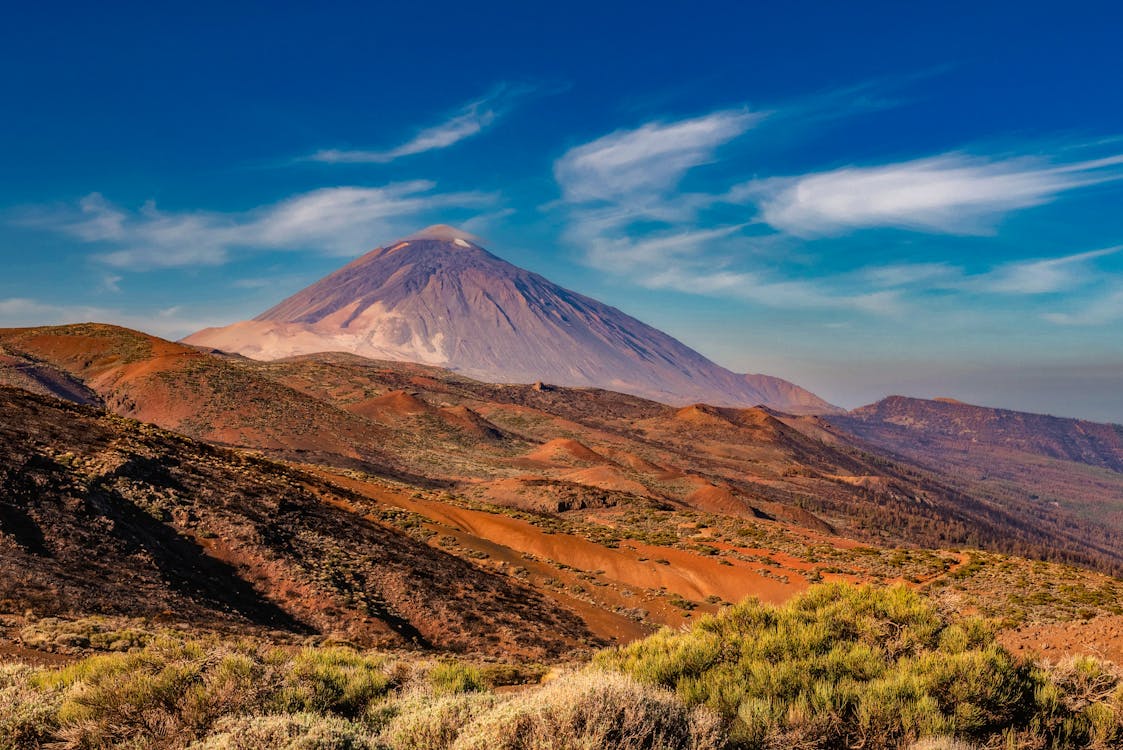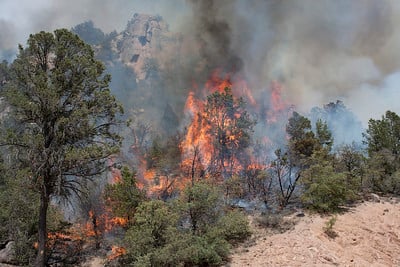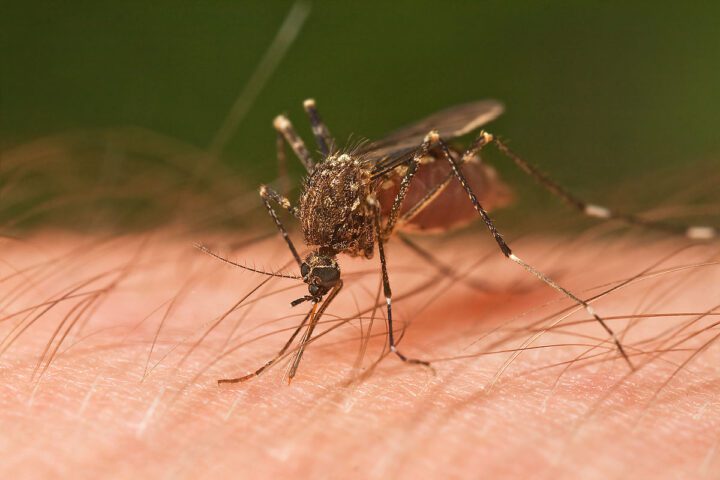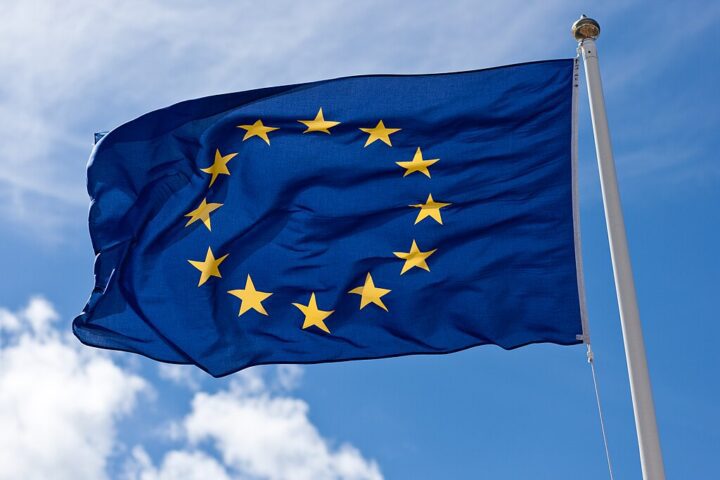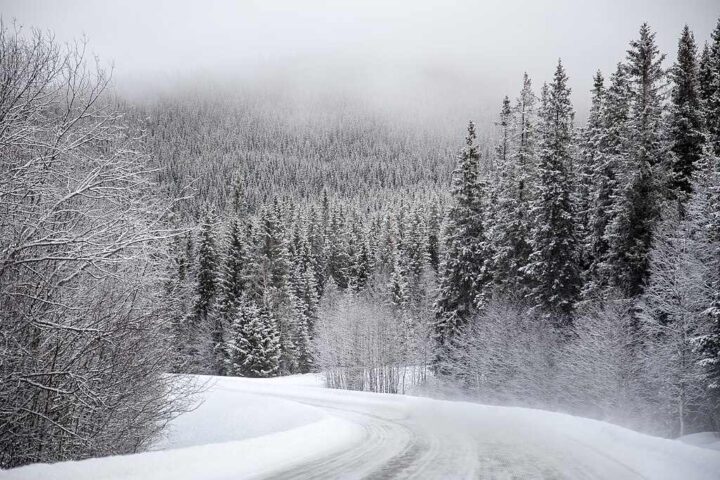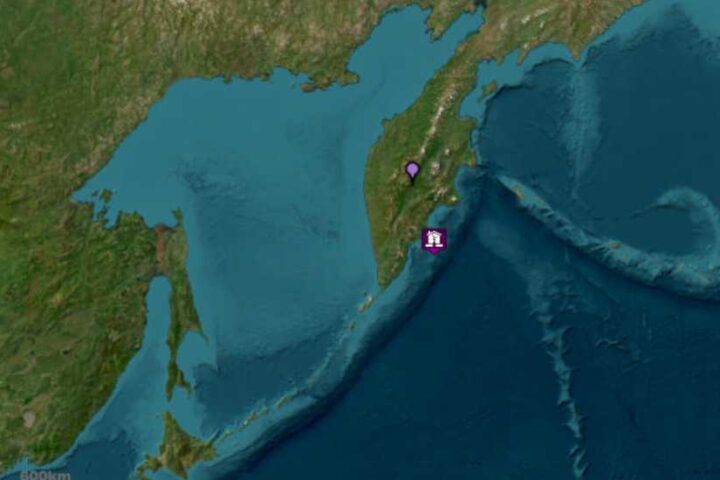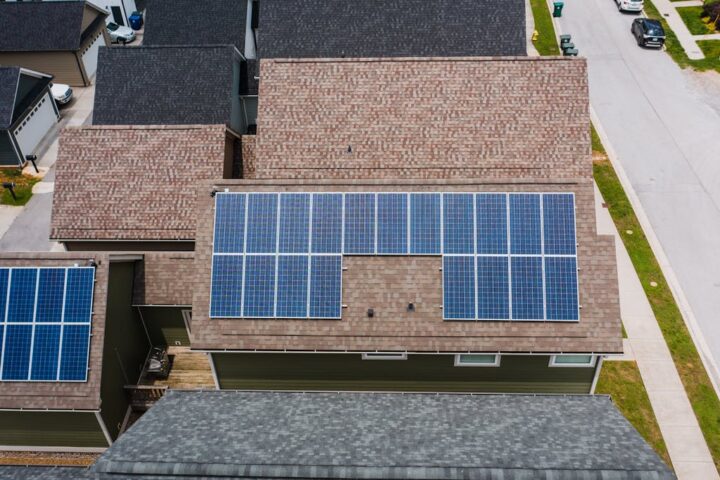Mount Teide National Park, Spain’s most visited natural site welcoming over 4 million annual visitors, introduces eco-taxes for non-residents starting 2026. The Tenerife Cabildo confirmed the conservation levy follows mounting overtourism pressures including illegal parking, unmarked trail use, and environmental degradation at the UNESCO World Heritage site.
President Rosa Dávila announced the fee structure during regional debates, stating all proceeds fund direct conservation efforts. The eco-tax mirrors the successful Masca Gorge pilot program, which generates €600,000 annually for maintenance and conservation through a €28 charge for non-residents, while offering free access to Tenerife locals and €3 fees for other Canary Islands residents.
Nine surveillance cameras install at Teide’s four main road access points, supported by 30 digital trail counters monitoring visitor flow in real-time. The €1.8 million investment enables saturation detection, though specific threshold numbers remain undefined. The system forms part of a broader €5.4 million collaboration with the Canary Islands Department of Ecological Transition, targeting completion by May 2026.
Cameras position at high-traffic areas including Roques de García and major trailheads, feeding data to central monitoring systems. This technology allows adaptive management responses when carrying-capacity limits approach, though exact saturation triggers await specification. Advanced sustainable monitoring technologies support ecosystem preservation through data-driven conservation approaches.
Electric shuttle buses replace private vehicle access on the TF-21 road, reducing CO₂ emissions and parking pressure. The system builds on Masca’s contracted transfer model, ensuring mandatory shuttle use for permit holders with 20-minute headways during peak times.
Current cable car operations run entirely on solar power—the world’s first renewable energy cable car system—with new cabins scheduled for 2026. The sustainable solar technology eliminating 618 tonnes of CO₂ emissions annually demonstrates how renewable energy innovations transform tourism infrastructure. The Altavista Refuge reopens this year after extended closure, featuring off-grid power systems and waste reduction infrastructure.
Similar Posts
Environmental officer deployment doubles from 15 to 30 rangers, focusing on patrol zones around popular spots like Roques de García. Penalties increase significantly under Spain’s Law 42/2007 on Natural Heritage and Biodiversity, with fines reaching €600-€1,500 for off-trail hiking, rock removal, and littering violations.
The SEPRONA environmental unit collaborates with local enforcement, expediting administrative proceedings for environmental infractions through updated legal frameworks. These conservation enforcement measures protect fragile volcanic ecosystems from human impact.
Management protocols align with UNESCO Decision 31 COM 8B.17, emphasizing integrated visitor-use monitoring balancing conservation with experience quality. The updated Park Management Plan (PRUG) incorporates digital monitoring, visitor-capacity triggers, and stakeholder-driven governance replacing the 2007 framework.
Monthly impact reports track visitor numbers, ecological indicators including trail erosion and litter levels, plus enforcement actions. This transparency supports UNESCO’s Outstanding Universal Value criteria while maintaining scientific integrity.
The “céntimo verde” (Green Cent) tourist tax generates €10 million annually for long-term forest and climate projects. Environmental investments reach €219 million—a 27% increase from 2023—supporting reforestation with Canary pine, habitat restoration, and expanded ranger programs.
Restoration targets include degraded areas like La Rambla de Castro, La Caleta, and Montaña Roja. Seagrass meadow revival involves Spain’s Oceanography Institute, while waste management receives €60 million for ten new recycling centers and circular economy partnerships with University of La Laguna. These initiatives exemplify sustainable materials innovation in conservation.
Real-time seismic and gas monitoring from IAC Teide Observatory integrates with permit systems, enabling adaptive access policies during volcanic activity changes. Geological studies support geoconservation interpretation programs, while annual visitor-impact assessments quantify trail erosion, habitat disturbance, and wildlife stress indicators.
Community engagement includes certified guide programs training 50 locals annually in ecology, first aid, and geology with revenue-sharing opportunities. School partnerships with Canary Islands education authorities provide field trips emphasizing Teide’s cultural and scientific significance. This approach demonstrates how sustainable tourism benefits local communities.
Summit access (Pico del Teide at 3,718m) maintains the existing permit system limiting daily visitors to 200 people across four time slots: 9:00-11:00, 11:00-13:00, 13:00-15:00, and 15:00-17:00. Permits remain free but require advance booking 2-3 months ahead through the National Parks reservation website.
Additional permits now mandatory for trails PNT 07+11 (Montaña Blanca-Mirador de la Fortaleza-La Rambleta), PNT 09 (Teide-Pico Viejo-Mirador de Las Narices del Teide), PNT 23 (Los Regatones Negros), and trail 28 Chafarí section, processable through the Tenerife ON platform.
The Masca model demonstrates effective limited access with 275 daily visitors (100,375 annually) generating sustainable revenue streams. Similar global examples include Tongariro National Park’s time-slot bookings with dynamic pricing, Great Smoky Mountains’ real-time capacity tracking, and Patagonia’s tiered pricing supporting local communities.
IUCN governance principles guide implementation including legitimacy through participatory decision-making, performance accountability via public ecological indicator reporting, and fairness ensuring equitable tourism revenue benefits.
Scientific projections indicate reduced ecological footprints through emission-free transport, sustained biodiversity health, and strengthened local economies. The integrated approach creates living laboratories for sustainable volcanic tourism, establishing precedents for global protected area management.
Adaptive management enables quota adjustments based on university research findings. Quarterly stakeholder meetings (‘Mesa de Teide’) convene government officials, park managers, tour operators, and NGOs reviewing metrics and proposing system refinements. This collaborative approach mirrors sustainable transportation solutions transforming mobility sectors.
Book Teide permits well in advance maintaining current procedures. Budget for eco-tax implementation starting 2026, though exact amounts remain undisclosed. Consider off-peak visits for improved availability and reduced environmental impact.

Prepare for high-altitude conditions with appropriate gear including mountain footwear, warm layers, hydration (minimum 2 liters), sun protection, and emergency equipment. Respect designated trail boundaries supporting ecosystem preservation. The growing focus on sustainable travel practices enhances visitor experiences while protecting natural resources.
The transformation of Mount Teide represents a paradigm shift where each visitor becomes a conservation stakeholder. This model balances human eagerness to explore with Earth’s needs for protection, ensuring this volcanic wonder remains accessible for generations while actively restoring its unique ecosystem. The eco-tax isn’t just an entry fee—it’s an investment in reciprocal stewardship where tourism revenue directly funds the preservation of one of Earth’s most extraordinary geological treasures.
